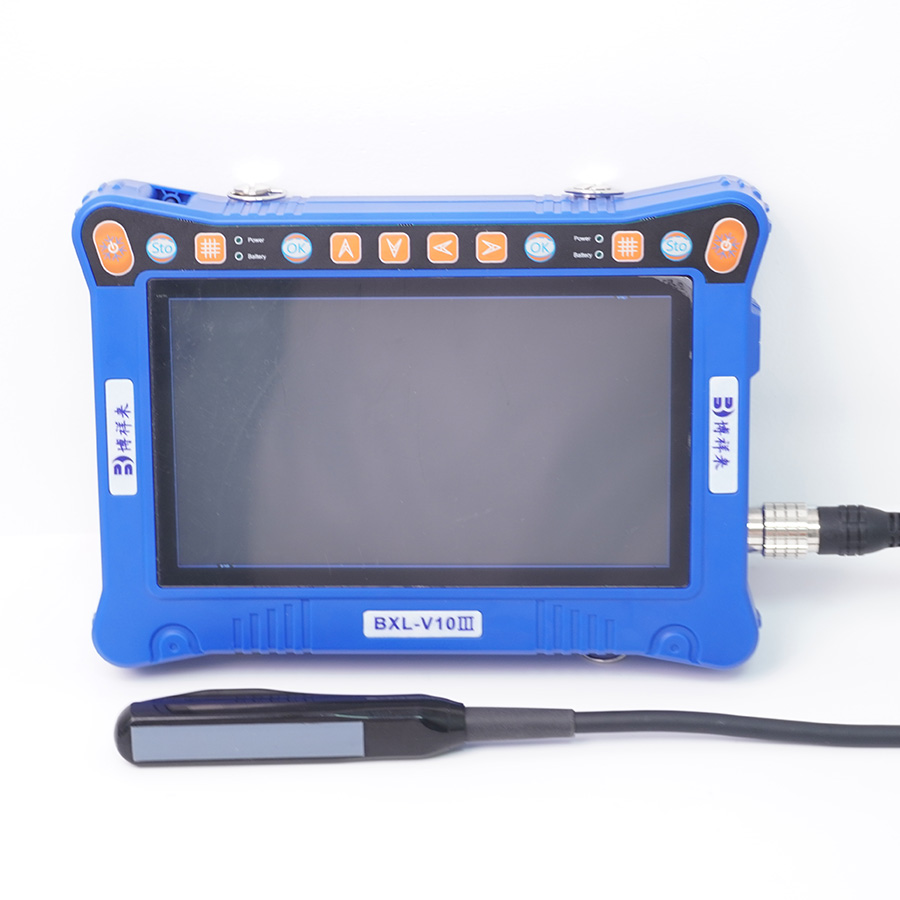Ultrasound technology has become an invaluable tool in modern cattle management, offering precise, non-invasive insights into the health, productivity, and overall well-being of livestock. By utilizing high-frequency sound waves, this technology provides real-time imaging that enables cattle producers and veterinarians to make informed decisions. Here’s a closer look at the key applications of ultrasound in cattle management.

1. Pregnancy Diagnosis
One of the most common uses of ultrasound in cattle is to confirm pregnancy. Veterinarians can detect pregnancy as early as 28 days post-conception, offering a much earlier confirmation than traditional palpation methods.
Benefits of ultrasound for pregnancy checks include:
- Determining fetal viability.
- Identifying the number of embryos (e.g., single or twin pregnancies).
- Monitoring fetal development and identifying any abnormalities.
Early and accurate pregnancy detection allows producers to manage breeding schedules and improve overall herd productivity.
2. Sex Determination of the Fetus
Ultrasound also allows for fetal sexing, typically performed between 55 and 80 days of gestation. Knowing the sex of the calf in advance enables producers to plan for replacement heifers or identify potential future bulls for breeding purposes.
3. Reproductive Health Assessment
Ultrasound plays a vital role in diagnosing reproductive issues in both cows and bulls. For cows, it can help identify:
- Uterine infections.
- Ovarian cysts or abnormalities.
- Stage of estrous cycle for optimized breeding timing.
For bulls, ultrasound is used to evaluate the reproductive tract, including the seminal vesicles and testicles, to ensure optimal fertility.
4. Carcass Quality Evaluation
Ultrasound is a game-changer for evaluating carcass traits in live animals without the need for slaughter. This application is particularly useful for determining:
- Ribeye area.
- Backfat thickness.
- Intramuscular fat (marbling).
By selecting cattle with superior carcass traits, producers can improve the overall quality of their herd and maximize market value.
5. Monitoring Health and Growth
Ultrasound is also used to monitor the growth rate and health of young calves. It can detect internal issues like abscesses or organ abnormalities that might otherwise go unnoticed.
Additionally, it helps farmers manage feeding programs by providing data on the muscle and fat deposition of cattle, ensuring animals meet market specifications.
6. Research Applications
In the scientific community, ultrasound is widely used in research studies to understand various aspects of cattle physiology and development. From studying fetal growth patterns to assessing the effects of diet on muscle development, ultrasound is a critical tool for advancing the cattle industry.
Advantages of Using Ultrasound in Cattle Management
Ultrasound offers several benefits compared to traditional methods, including:
- Accuracy: Provides detailed and reliable information.
- Non-Invasive: Reduces stress and risk of injury to the animal.
- Cost-Effective: Minimizes losses by improving herd management and production efficiency.
Final Thoughts
Ultrasound technology is revolutionizing cattle management by providing a window into the inner workings of livestock. From ensuring reproductive success to enhancing meat quality, the applications of ultrasound are diverse and impactful. By incorporating this tool into their practices, cattle producers can achieve better results, optimize herd health, and remain competitive in today’s agricultural landscape.
If you’re considering integrating ultrasound technology into your cattle management routine, consult with a qualified veterinarian or livestock specialist to explore how it can meet your specific needs.
FAQs
Q: Is ultrasound safe for cattle?
A: Yes, ultrasound is a non-invasive and safe procedure that causes no harm to cattle when performed by a trained professional.
Q: How much does it cost to ultrasound cattle?
A: Costs vary based on the purpose and region, but many producers find the investment worthwhile due to the long-term benefits in herd productivity.
Q: Can ultrasound replace traditional palpation methods?
A: While ultrasound provides additional benefits, many producers use it alongside palpation for a more comprehensive approach to herd management.
Optimize your cattle operations today with the power of ultrasound!
tags: cattle ultrasound


